Cyber Security News Aggregator
.Cyber Tzar
provide acyber security risk management
platform; including automated penetration tests and risk assesments culminating in a "cyber risk score" out of 1,000, just like a credit score.20 Most Dangerous Countries in the World
published on 2024-07-01 07:00:00 UTC by Simon BurgeContent:
Various countries face significant challenges that make them more perilous than others.
Factors such as ongoing conflict, high crime rates, political instability, and the threat of terrorism contribute to the dangerous nature of these nations.
In this article, we delve into the 20 most dangerous countries in the world, examining the circumstances that have led to their precarious situations.
Understanding the challenges faced by these countries is essential for grasping the complex dynamics of global security and for promoting efforts to address the underlying issues contributing to their instability.
These countries were chosen using the Global Peace Index (GPI) report, written annually by the Institute for Economics and Peace.
The report categorises analysed factors into Safety and Security, Ongoing Conflict, and Militarization.
Factors include the number of violent conflicts, level of distrust, political instability, potential for terrorist acts, homicides, prison levels, and military expenditures as a percentage of GDP.
Each of the 163 nations featured in the report receives a score based on these factors. A higher score indicates a more dangerous country, ranking lower in safety.
Afghanistan

- Population: 41.1 Million
- GPI Score: 3.448
- World Danger GPI Ranking: 1st
Ranking number 1 worldwide as the world’s most dangerous country, Afghanistan has been embroiled in extensive warfare since the late 1970s, marked by coups, invasions, insurgencies, and civil wars.
It began with a communist revolution in 1978, leading to Soviet Union intervention in 1979.
Following the Soviets’ withdrawal in 1989, Mujahideen groups fought amongst themselves. The Taliban, an Islamic fundamentalist group, took control in 1996, but faced international opposition.
The 2001 US invasion ousted the Taliban, but they returned to power in 2021, seizing Kabul and overthrowing the government.
Despite this, the Taliban government lacks international recognition.
Burkina Faso
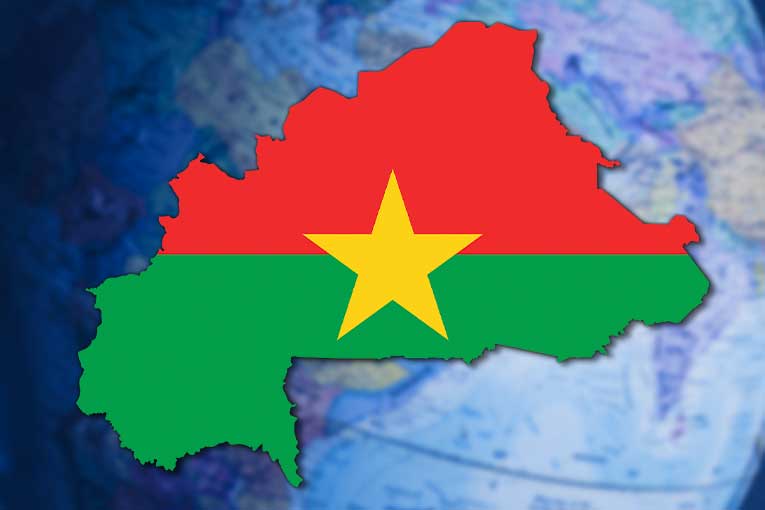
- Population: 22.5 Million
- GPI Score: 2.868
- World Danger GPI Ranking: 14th
Burkina Faso has experienced a surge in terrorist attacks, particularly in the Sahel region, resulting in numerous casualties and widespread displacement.
For example, in March 2021, over 130 civilians were killed in an attack on a village in the Sahel region.
Additionally, the presence of armed groups and the proliferation of small arms and light weapons have further destabilised the country, making it highly volatile and unsafe for both citizens and travellers.
Central African Republic
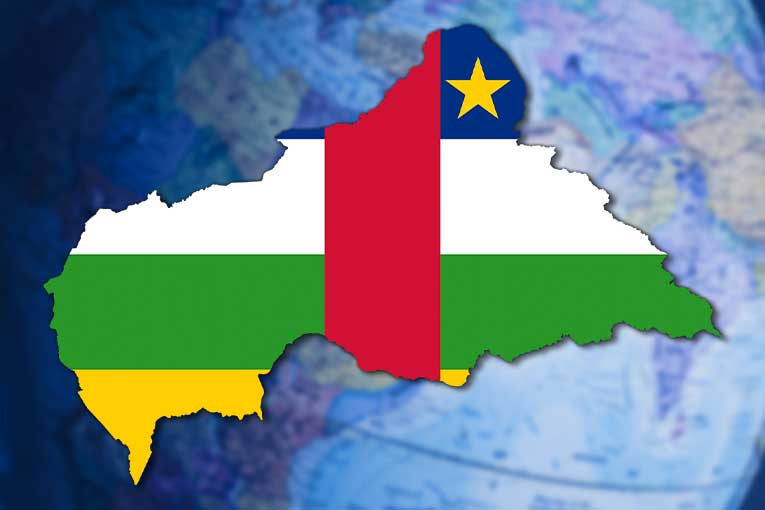
- Population: 5.5 Million
- GPI Score: 2.934
- World Danger GPI Ranking: 12th
The Central African Republic (CAR) is among the most dangerous countries due to ongoing conflict, violence, and political instability.
Armed groups, including rebel militias and criminal gangs, operate with impunity, leading to widespread human rights abuses and displacement of civilians.
In December 2020, rebel groups launched an offensive, capturing several major towns and threatening to overthrow the government.
The country has also witnessed ethnic and sectarian violence, exacerbating the humanitarian crisis.
The UN has warned of the deteriorating security situation, with civilians facing indiscriminate attacks and widespread atrocities.
Democratic Republic of the Congo
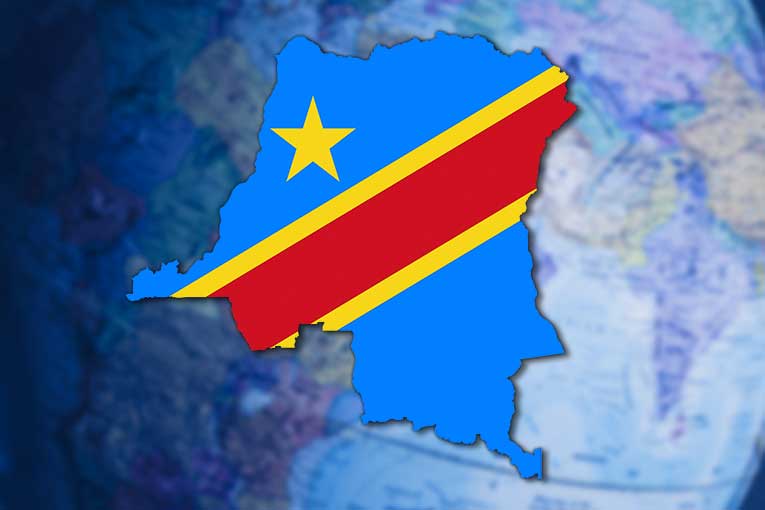
- Population: 105.1 Million
- GPI Score: 3.214
- World Danger GPI Ranking: 5th
The Democratic Republic of the Congo (DRC) is one of the most dangerous countries due to ongoing conflict, violence, and instability.
The eastern regions of the country, particularly North and South Kivu, are plagued by armed groups, ethnic violence, and resource conflicts.
In 2023, more than 40 people were killed in an attack by suspected rebel groups in the East of the country.
Additionally, the DRC has experienced outbreaks of Ebola and other infectious diseases, further exacerbating the humanitarian crisis.
The pervasive violence and instability have resulted in widespread displacement and human suffering, making the DRC a highly dangerous place to live.
Ethiopia

- Population: 127.9 Million
- GPI Score: 2.872
- World Danger GPI Ranking: 13th
Ethiopia has long suffered from escalating conflict and ethnic violence.
The Tigray conflict, which began in November 2020, has led to widespread violence, displacement, and humanitarian crisis.
Ethiopian federal forces and regional militias have been accused of committing human rights abuses, including massacres, sexual violence, and ethnic cleansing.
In November 2020, reports emerged of a massacre in the Tigray region, with hundreds of civilians killed.
The conflict has also spilled over into neighbouring regions, exacerbating tensions and instability across the country.
Iran

- Population: 89.7 Million
- GPI Score: 2.800
- World Danger GPI Ranking: 16th
Iran ‘s support for proxy militias and extremist groups across the Middle East has contributed to instability and violence in the region.
Iran-backed militias have been involved in conflicts in Syria, Iraq, Yemen, and Lebanon, fueling sectarian violence and exacerbating regional tensions.
In addition, Iran’s nuclear program and ongoing disputes with the United States and other countries have raised concerns about the potential for military escalation and conflict in the region.
Iraq

- Population: 46.7 Million
- GPI Score: 3.006
- World Danger GPI Ranking: 10th
Iraq has long dealt with ongoing conflicts, terrorism, and political instability.
The country continues to grapple with the aftermath of the 2003 US-led invasion, which led to the rise of extremist groups such as ISIS.
Despite the defeat of ISIS, the group continues to carry out deadly attacks, targeting security forces, government officials, and civilians.
In January 2021, a twin suicide bombing in Baghdad killed at least 32 people and injured dozens more.
Political tensions, sectarian violence, and competition for power have further destabilised the country, making it highly dangerous for residents and visitors alike.
Mali
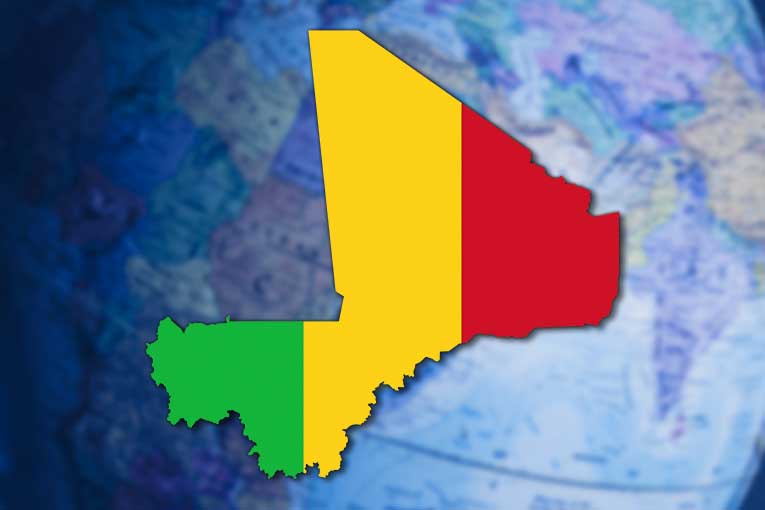
- Population: 21.4 Million
- GPI Score: 2.963
- World Danger GPI Ranking: 11th
Mali is another country that has suffered with ongoing conflicts, terrorism, and political instability.
The country has been plagued by violence since a 2012 coup, with jihadist groups, ethnic militias, and separatist rebels carrying out attacks and engaging in armed conflict.
The presence of armed groups, porous borders, and weak governance have created a volatile security situation, leading to widespread displacement, humanitarian crises, and instability in the Sahel region.
Myanmar

- Population: 57.5 Million
- GPI Score: 2.741
- World Danger GPI Ranking: 19th
Myanmar is on the list of the most dangerous countries due to political unrest, human rights abuses, and escalating violence.
Since the military coup in February 2021, the country has been rocked by widespread protests, violent crackdowns, and mass arrests.
Security forces have used lethal force against peaceful protesters, resulting in numerous deaths and injuries. In addition, ethnic minority groups continue to face persecution and violence, particularly in conflict-affected areas such as Rakhine and Chin states.
The deteriorating security situation has led to a humanitarian crisis, with thousands displaced and in urgent need of assistance.
Nigeria
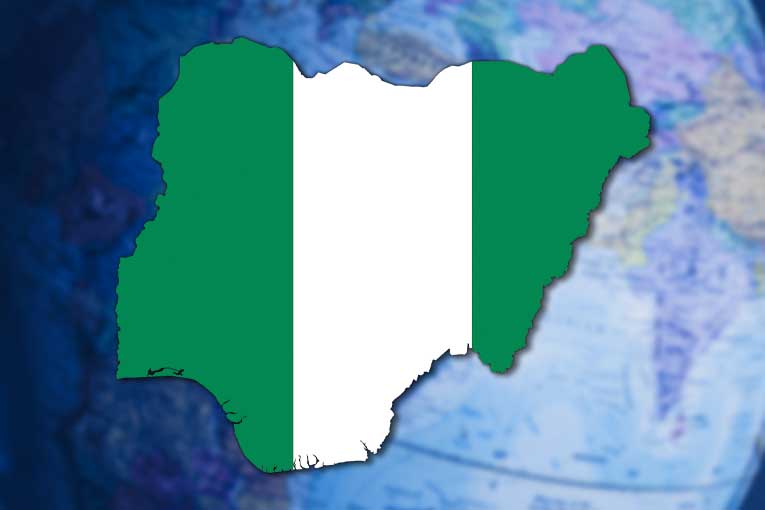
- Population: 230.8 Million
- GPI Score: 2.713
- World Danger GPI Ranking: 20th
Nigeria has dealt with terrorism, insurgency, and widespread violence.
The country faces threats from multiple armed groups, including Boko Haram and Islamic State West Africa Province (ISWAP), which have carried out numerous attacks targeting civilians, security forces, and government institutions.
In December 2020, Boko Haram militants killed at least 110 farmers in the village of Koshobe in Borno state.
In addition to the insurgency in the northeast, Nigeria also grapples with communal violence, banditry, and kidnapping, particularly in the northwest and Middle Belt regions, exacerbating the humanitarian crisis and insecurity.
North Korea
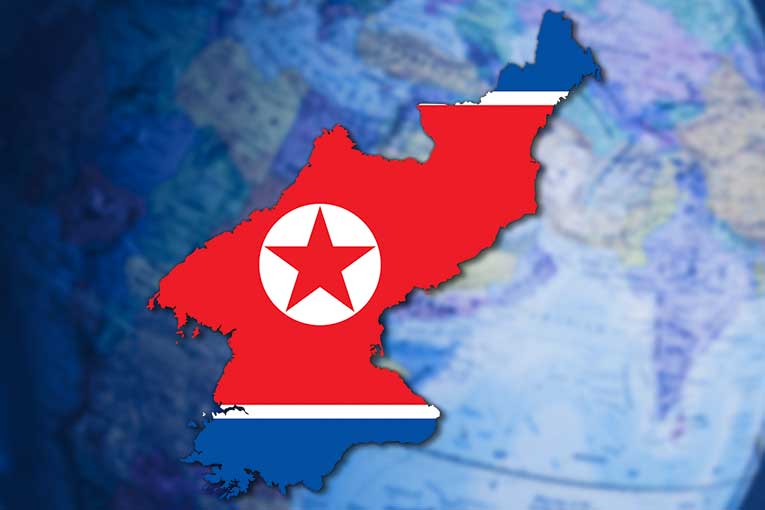
- Population: 26.1 Million
- GPI Score: 2.848
- World Danger GPI Ranking: 15th
North Korea is famed for its authoritarian regime, nuclear ambitions, and human rights abuses.
The regime’s pursuit of nuclear weapons and ballistic missiles has raised concerns about regional and global security.
Despite international sanctions, North Korea has conducted multiple nuclear tests and missile launches, heightening tensions on the Korean Peninsula.
Additionally, the regime’s repression of political dissent, widespread human rights abuses, and severe restrictions on freedom of speech and movement pose significant risks to the safety and well-being of its citizens.
Pakistan

- Population: 241.5 Million
- GPI Score: 2.745
- World Danger GPI Ranking: 18th
Pakistan has been a major battleground in the global war on terror, facing threats from extremist groups such as the Taliban and al-Qaeda.
In December 2020, a bomb attack at a religious school in Peshawar killed at least eight people and injured dozens more.
Additionally, Pakistan has experienced sectarian violence, with attacks targeting religious minorities and Shia Muslims.
Political instability, corruption, and weak governance further contribute to the country’s security challenges, making it highly dangerous for residents and visitors alike.
Russia

- Population: 147.2 Million
- GPI Score: 3.142
- World Danger GPI Ranking: 6th
Russia is dangerous due to its involvement in regional conflicts, human rights abuses, and political repression.
The Russian government’s crackdown on dissent and opposition has led to widespread human rights violations, including arbitrary arrests, torture, and extrajudicial killings.
In addition, Russia’s annexation of Crimea in 2014 and its ongoing military campaign in Ukraine have escalated tensions in the region, leading to armed conflict and instability.
The ongoing threat to the West from Vladimair Putin further underscores the risks of political opposition in Russia, highlighting the country’s authoritarian tendencies and disregard for human rights.
Somalia
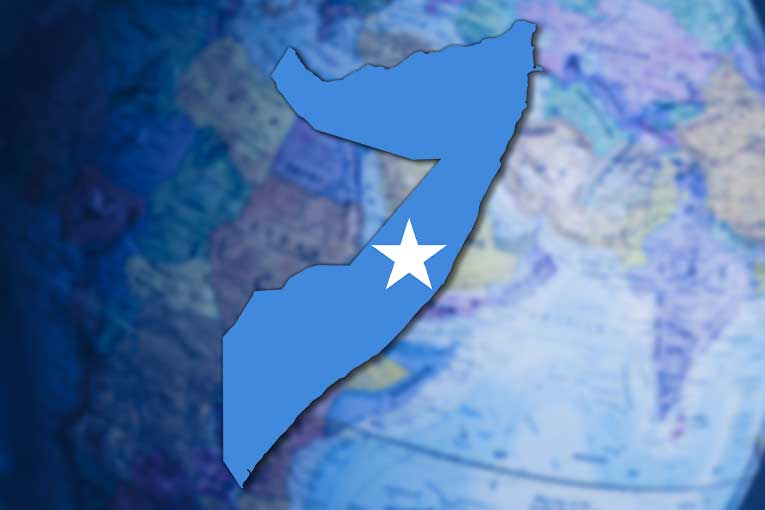
- Population: 17.6 Million
- GPI Score: 3.036
- World Danger GPI Ranking: 8th
Somalia has been plagued by violence and instability for decades, with armed groups such as al-Shabaab carrying out frequent attacks targeting civilians, government officials, and security forces.
In December 2019, a truck bombing in Mogadishu killed at least 90 people and injured hundreds more.
In addition to terrorist attacks, Somalia also faces challenges such as piracy, clan violence, and humanitarian crises, exacerbating the security situation and making it one of the most dangerous places in the world.
South Sudan
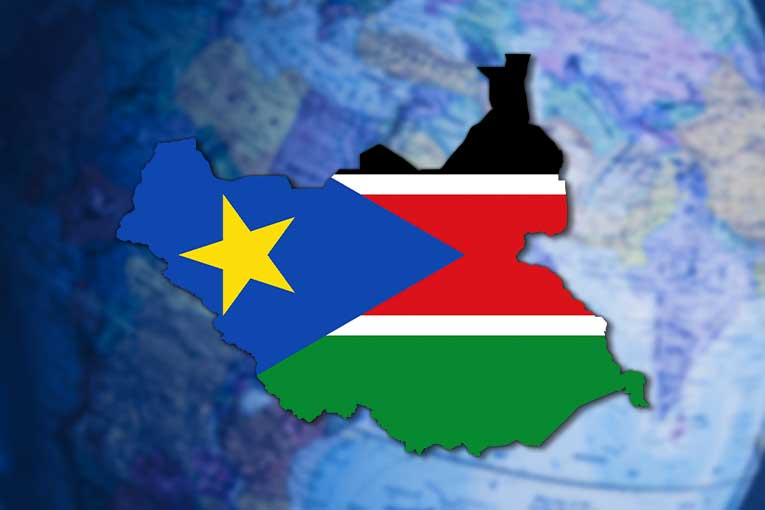
- Population: 12.1 Million
- GPI Score: 3.221
- World Danger GPI Ranking: 4th
South Sudan is one of the most dangerous countries due to ongoing conflict, violence, and political instability.
The country has been mired in a civil war since 2013, leading to widespread displacement, humanitarian crises, and human rights abuses.
In February 2021, clashes between government and opposition forces in Jonglei state left at least 127 people dead and displaced thousands.
The country also faces challenges such as intercommunal violence, ethnic tensions, and widespread poverty, exacerbating the security situation and making it highly dangerous for residents and humanitarian workers alike.
Sudan
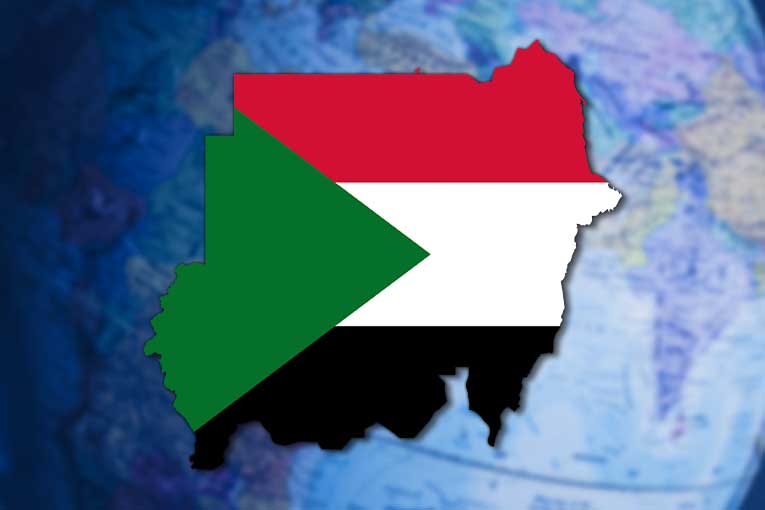
- Population: 50.5 Million
- GPI Score: 3.023
- World Danger GPI Ranking: 9th
Sudan has faced protracted conflicts in regions such as Darfur, South Kordofan, and Blue Nile, resulting in widespread violence, displacement, and human rights abuses.
In October 2021, at least 18 people were killed and dozens injured in tribal clashes in Darfur.
Additionally, Sudan has experienced political unrest and instability, including a military coup in October 2021, further exacerbating the security situation and threatening the safety and well-being of its citizens.
Syria

- Population: 23.9 Million
- GPI Score: 3.294
- World Danger GPI Ranking: 3rd
Syria has been engulfed in a brutal civil war since 2011, resulting in hundreds of thousands of deaths and widespread displacement.
The conflict has led to massive destruction of infrastructure, including hospitals and schools, and has caused a severe humanitarian crisis, with millions of people in need of assistance.
Turkey

- Population: 85.4 Million
- GPI Score: 2.800
- World Danger GPI Ranking: 17th
Turkey has faced threats from various terrorist groups, including ISIS and Kurdish separatist organisations such as the PKK.
In 2019, Turkey launched a military offensive against Kurdish forces in northeastern Syria, leading to clashes and widespread displacement.
Additionally, Turkey has experienced political unrest and repression, with government crackdowns on dissent and opposition.
The country’s proximity to conflict zones and its role as a transit point for refugees further contribute to its security challenges and instability.
Ukraine

- Population: 33.4 Million
- GPI Score: 3.043
- World Danger GPI Ranking: 7th
Ukraine is one of the most dangerous countries due to ongoing conflict, political instability, and tensions with Russia.
The country has been embroiled in a conflict with Russian-backed separatists in eastern Ukraine since 2014, resulting in thousands of deaths and widespread displacement.
In February 2022, Russia launched a large-scale invasion of Ukraine, leading to intense fighting and a humanitarian crisis.
The conflict has escalated tensions between Russia and Western countries, raising concerns about the potential for further military escalation and instability in the region.
Additionally, Ukraine has faced challenges such as corruption, economic instability, and political unrest, further exacerbating its security situation.
Yemen

- Population: 34.4 Million
- GPI Score: 3.350
- World Danger GPI Ranking: 2nd
Yemen has been devastated by a civil war since 2014, with fighting between Houthi rebels and the Yemeni government backed by a Saudi-led coalition.
The conflict has led to thousands of civilian casualties, widespread destruction of infrastructure, and a severe humanitarian crisis, with millions of people facing food insecurity and displacement.
In March 2021, a series of airstrikes by the Saudi-led coalition killed at least 20 people, including children, in the city of Taiz, highlighting the ongoing violence and instability in the country.
Conclusion
These are the 20 most dangerous countries in the world right now.
The 20 countries listed here face significant security challenges, including armed conflict, terrorism, political instability, and humanitarian crises.
While the degree of danger may vary from one country to another, all of them present significant risks to the safety and well-being of their citizens.
It is crucial for governments, international organisations, and the global community to work together to address the root causes of conflict and instability in these countries, promote peace and reconciliation, and provide assistance to those affected by violence and crisis.
Only through collective action and cooperation can we hope to create a safer and more stable world for all.
https://securityjournaluk.com/most-dangerous-countries-in-the-world/
Published: 2024 07 01 07:00:00
Received: 2024 07 01 07:08:11
Feed: Security Journal UK
Source: Security Journal UK
Category: Security
Topic: Security
Views: 30
